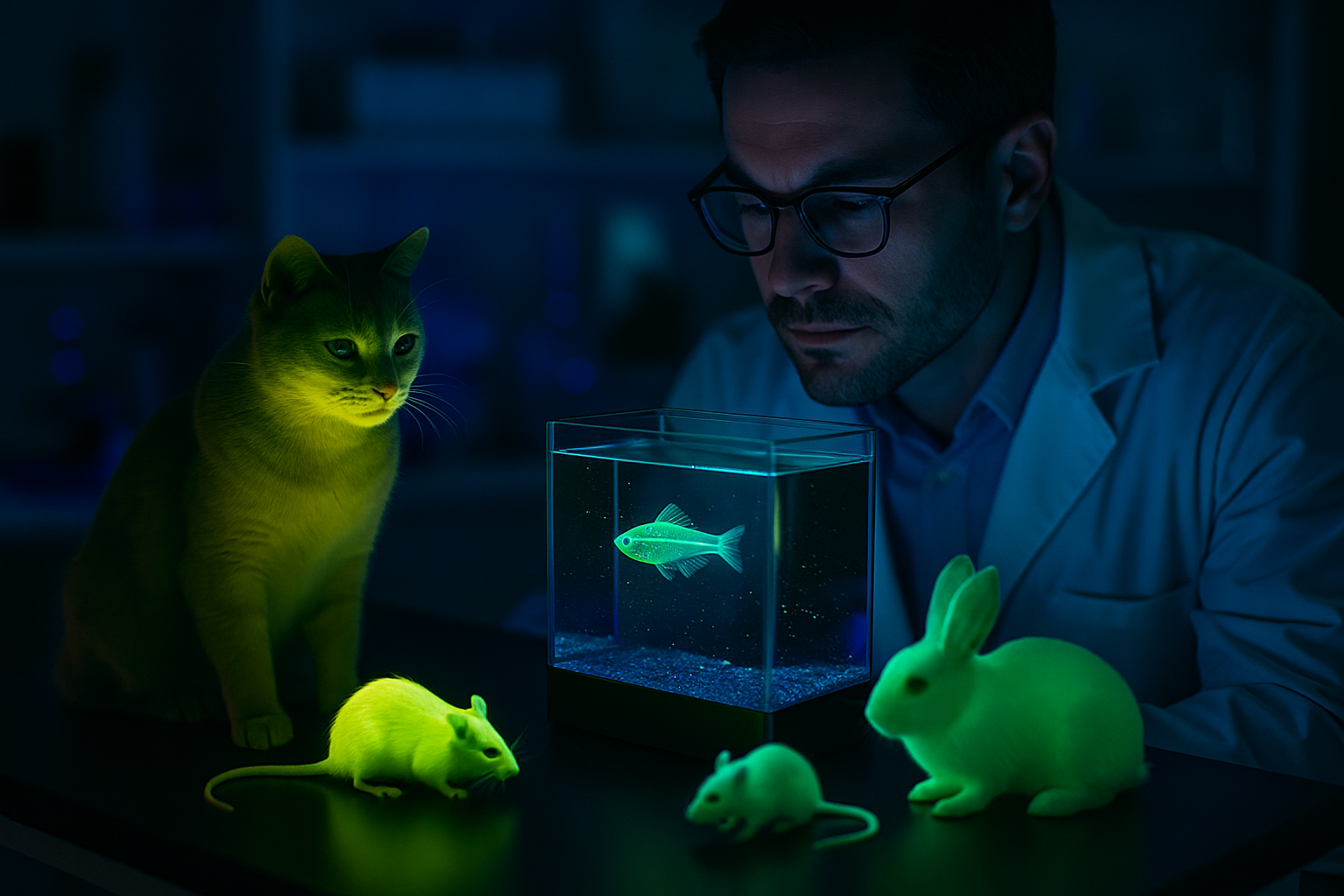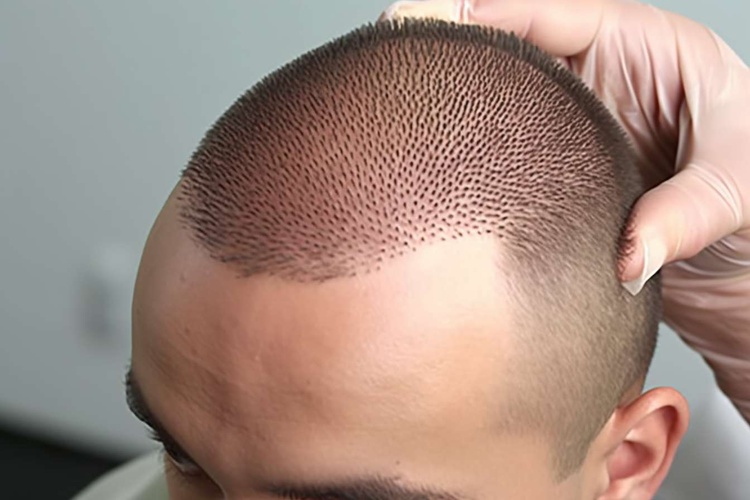The Intriguing World of Glow-in-the-Dark Pets: A Closer Look at Bioluminescent Creatures
The world of pets is always evolving, and lately, a new trend has taken the spotlight – bioluminescent pets. These glow-in-the-dark creatures are not only visually captivating but also provide fascinating insights into the realm of bioengineering. Bioluminescence, the ability of living organisms to emit light, is a natural phenomenon that has intrigued scientists for centuries. It occurs in a variety of organisms, including some species of fungi, bacteria, and marine animals. However, it wasn't until the late 20th century that scientists began to explore the possibility of creating bioluminescent pets.

The first instance of this came in 2007 when a South Korean team of scientists successfully created the world’s first glow-in-the-dark cats. They used a method known as gene therapy, where a fluorescent protein was inserted into the cats’ DNA, causing them to glow under ultraviolet light.
The Dawn of a New Era: Bioluminescent Pets Today
Fast forward to today, and the bioluminescent pet market has expanded to include a variety of organisms. Perhaps the most popular are GloFish — genetically modified fluorescent zebrafish that come in a range of vibrant colors. These fish were initially developed to help detect environmental pollutants but have since become a popular choice among aquarium enthusiasts.
In addition to GloFish, other bioluminescent pets such as glowing rats, rabbits, and even dogs have been created, mainly for scientific research. However, due to ethical concerns and regulation, these are currently not available to the general public.
Market Impact and Price Range of Bioluminescent Pets
The advent of bioluminescent pets has undoubtedly had a significant impact on the pet market, particularly in the fish and aquarium sector. GloFish, for instance, are relatively affordable, with prices typically ranging from $5 to $15 per fish, depending on the species and color.
However, creating bioluminescent mammals is a far more complex and costly process, reflected in their price tag. While these pets are currently not available for purchase, it’s estimated that they would cost several thousand dollars each, given the intensive research and bioengineering involved.
The Future of Bioluminescent Pets: A Bright Outlook
As our understanding of genetics and bioengineering continues to grow, the range of bioluminescent pets available to the public could potentially expand. However, this prospect also raises important ethical and regulatory questions. As we move into this exciting new era, it’s crucial that we balance our curiosity and desire for novelty with a deep respect for animal welfare and ecological integrity.
Bioluminescent pets provide a unique blend of science and aesthetics, offering a glimpse into the intricate world of bioengineering. As we marvel at their captivating glow, let’s also remember the scientific ingenuity that made it possible, and the responsibilities it brings with it.




